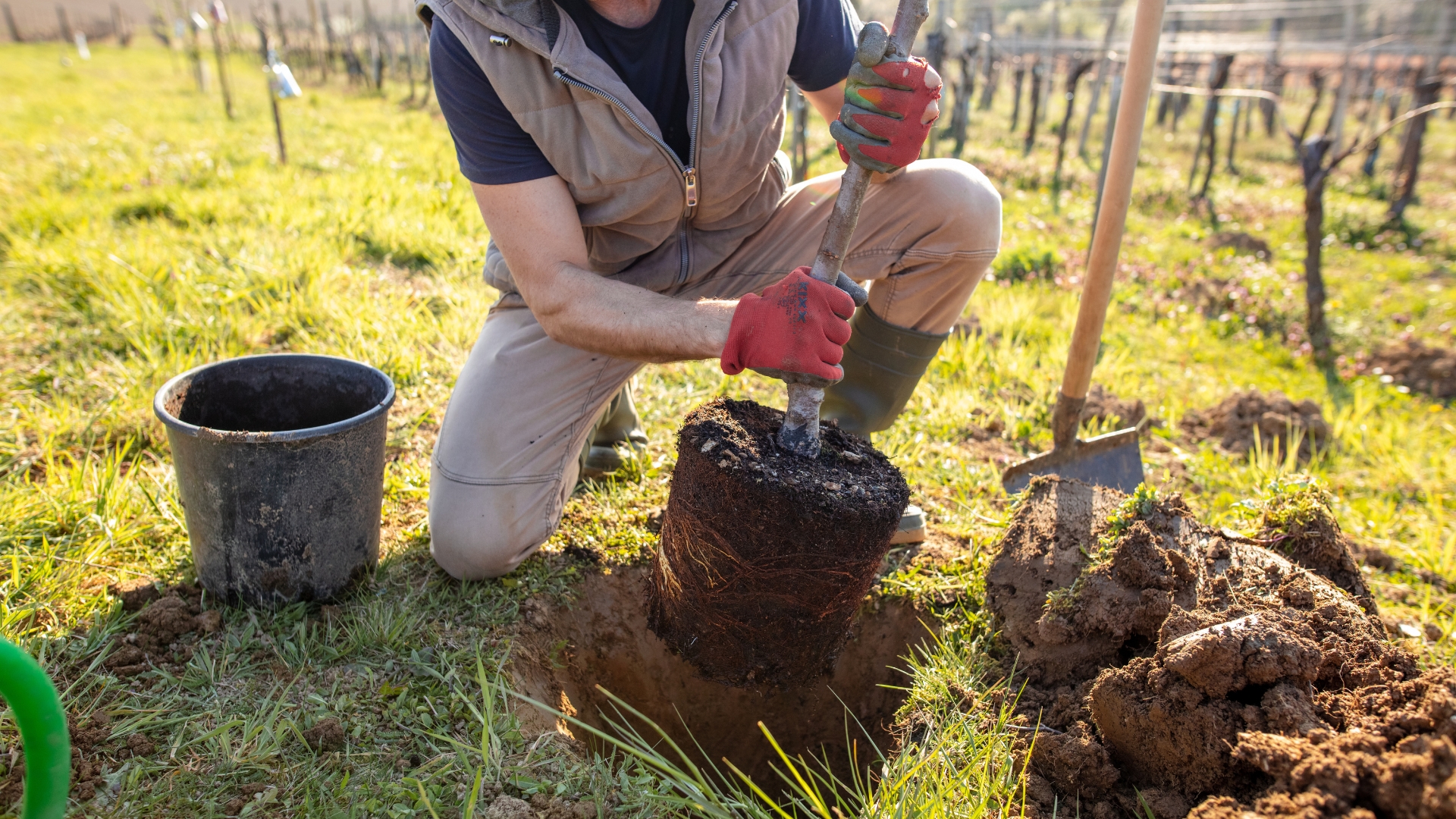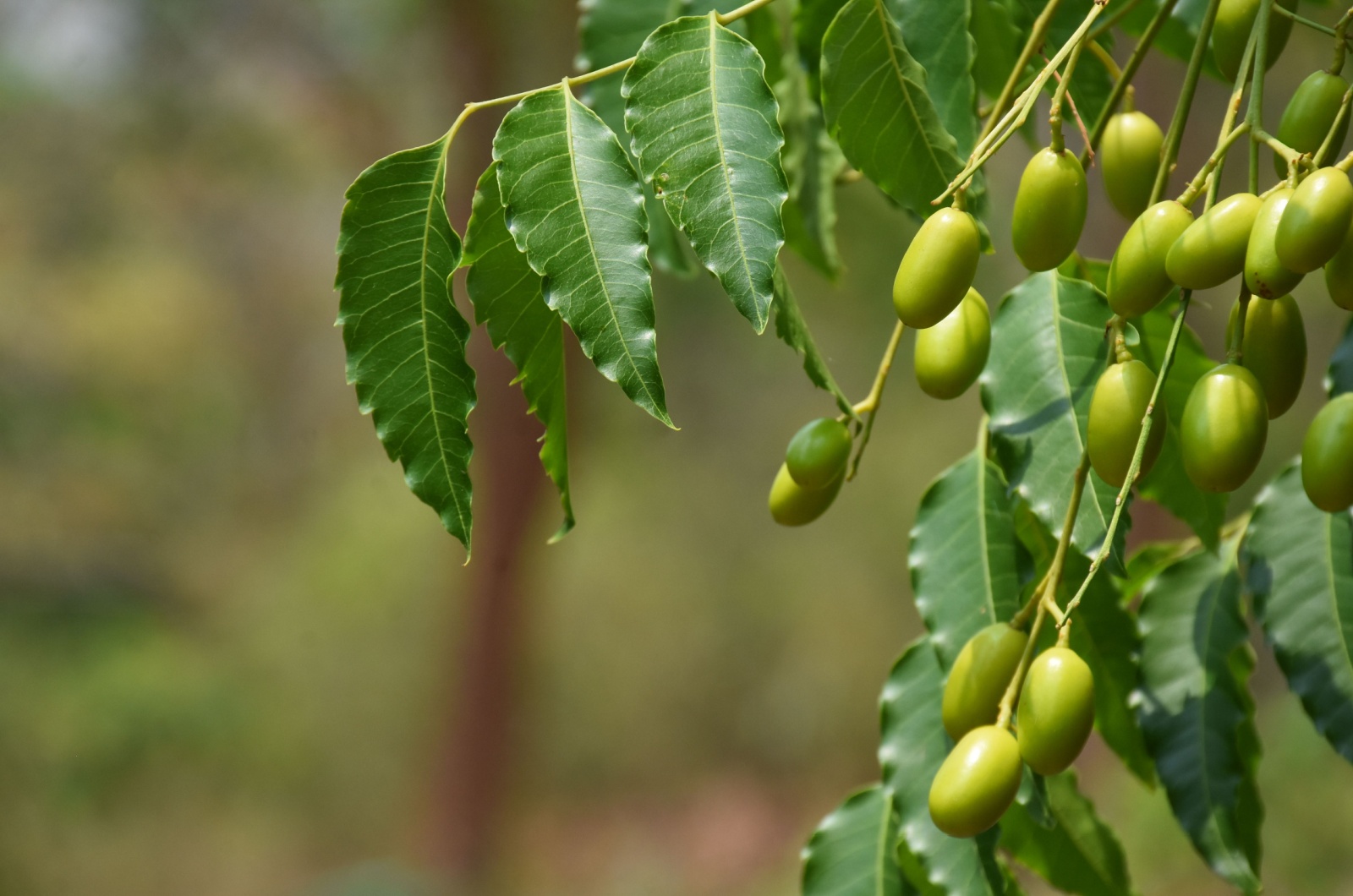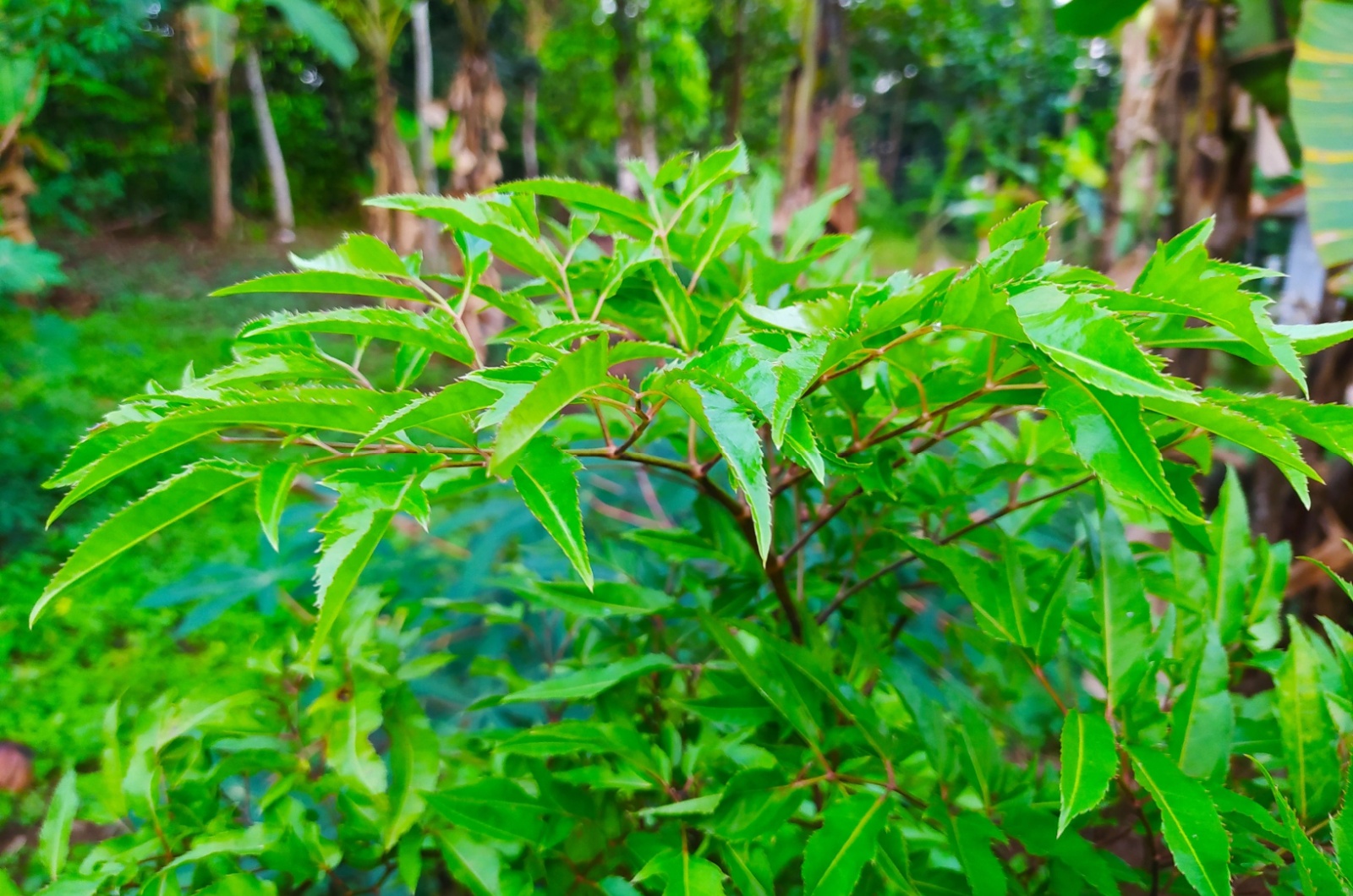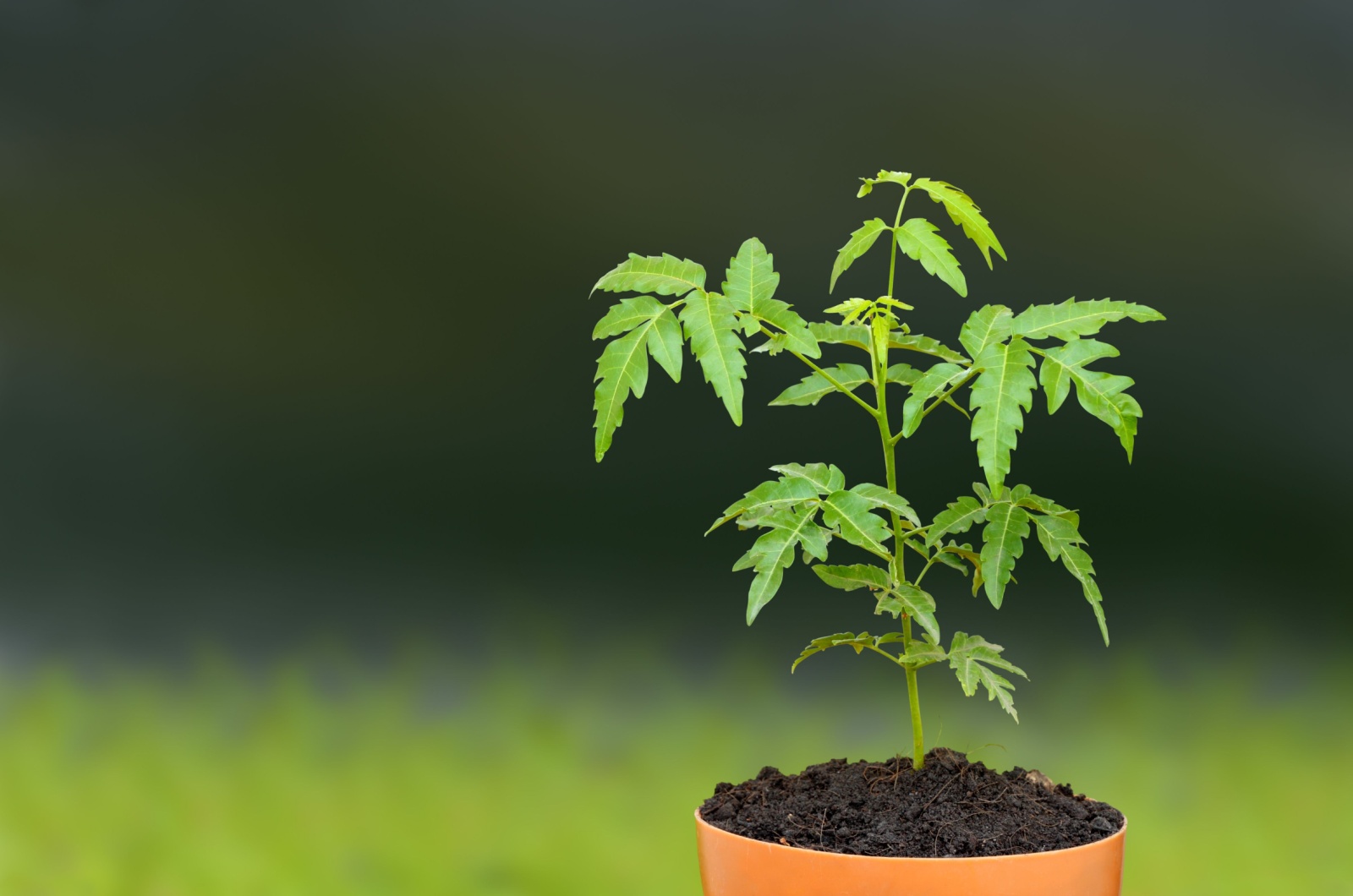We already know how beneficial green giants are for our yards and why we should have more of them.
But some trees stand out and have more superpowers than others. In this article, I’ll show you the fast-growing tree you’ll want to add to your yard because of all the amazing benefits it brings.
Let’s see!
The Super Tree
Neem, also known as the margosa tree, has been used for centuries for different purposes. The seeds of these trees are the center of attention because they’re pressed to extract famous neem oil.
This amazing substance is a lifesaver for gardeners because it repels numerous pests, such as aphids, thrips, caterpillars, and whiteflies.
It’s used as one of the most common pest control methods but the story doesn’t end there. This oil can also suppress common garden diseases, such as powdery mildew.
Seeds aren’t disposed of after extraction but rather used as nematicides and fertilizers. They’re rich in phosphorus, nitrogen, calcium, and other substances needed for healthy plant development.
If you have issues with moths, this tree can help you with them, particularly its leaves. All you need to do is allow your neem tree leaves to dry out and then use them as moth repellents. Birds adore neem tree fruits and that’s another benefit for your garden.
And I saved the best for the end; neem trees are renowned for their rounded crown which provides shade for various plant species.
Believe it or not, they can reach up to 50 feet tall under optimal conditions and their evergreen leaves develop into a dense canopy. They can endure unfavorable weather; drought, sun, and wind can’t break them easily.
The seeds are edible and need approximately 3 months to ripen.
Finally, if you’re afraid of soil erosion, the deep roots of margosa trees will easily prevent it.
What Do Neem Trees Need To Thrive?
To understand the basic needs of margosa trees, we need to know their natural habitat. They’re actually native to the Indian subcontinent, which means they aren’t accustomed to cooler temperatures.
Anything lower than 40 degrees Fahrenheit can inhibit the growth of your margosa tree.
Even though they prefer sunny conditions, neem trees won’t struggle to grow in partial shade.
Growing margosa trees outdoors is possible only in USDA zones 10 through 12. However, the good news is that you can pot up a neem tree and keep it indoors. In this case, regular pruning will become mandatory unless you want it to take over your indoor space.
When it comes to the growing substrate, neem trees won’t do well in loamy and silty soil types. They develop best if provided with deep, quick-draining soils.
Neem tree roots are very sensitive to overwatering and, in their native habitat, they grow well in the driest possible conditions. Luckily, neem trees can tolerate drought, so don’t worry if you leave them without water for a bit longer.
If you decide to grow your margosa tree in a container, then you’ll need to pay more attention to soil moisture.
Potted neem trees lose water quickly, so you’ll need to irrigate them as soon as you notice the soil is dry.
Those who plan to use different neem tree parts should feed the tree with a balanced water-soluble fertilizer every month during active growth.
Finally, you can enhance margosa tree growth by pruning it early in the spring.
How To Plant A Neem Tree
The last thing we need to discuss is how to plant a margosa tree. Gardeners use various propagation methods to get more of these trees but the easiest way is to sow the seeds directly in the ground or purchase the seedlings.
You can easily find the seeds online but if your neighbor or friend has a neem tree, simply pick a fruit, moisten it, and remove the pulp to reveal white seeds.
Margosa seeds become unviable pretty quickly so don’t purchase them if they’re older than 6 months.
If you want to grow your margosa tree in a container, you need to prepare a 3-gallon pot and fill it with a fast-draining growing substrate.
Garden soils aren’t a good option for potted neem trees because they can carry different diseases and they hold too much moisture.
When sowing your neem seeds, aim for about an inch below the soil line. You’ll also need to feed the tree in the first year of growth using a balanced fertilizer, such as triple 20, and irrigate it regularly.
If you can’t provide your potted neem tree with full sun, I recommend installing artificial lights. You’ll need to repot your margosa tree when it reaches 8 feet.
Nursery-grown neem tree seedlings should be planted in a container first to adapt easier. You’ll need to protect these plants from strong winds, provide them with a lot of morning sun, and irrigate them regularly.
Foliage may start to wilt but you can fix it by spraying neem leaves with fish emulsion. As soon as spring arrives, you should mulch the soil, transplant your neem seedlings, and feed them with a citrus tree fertilizer.




